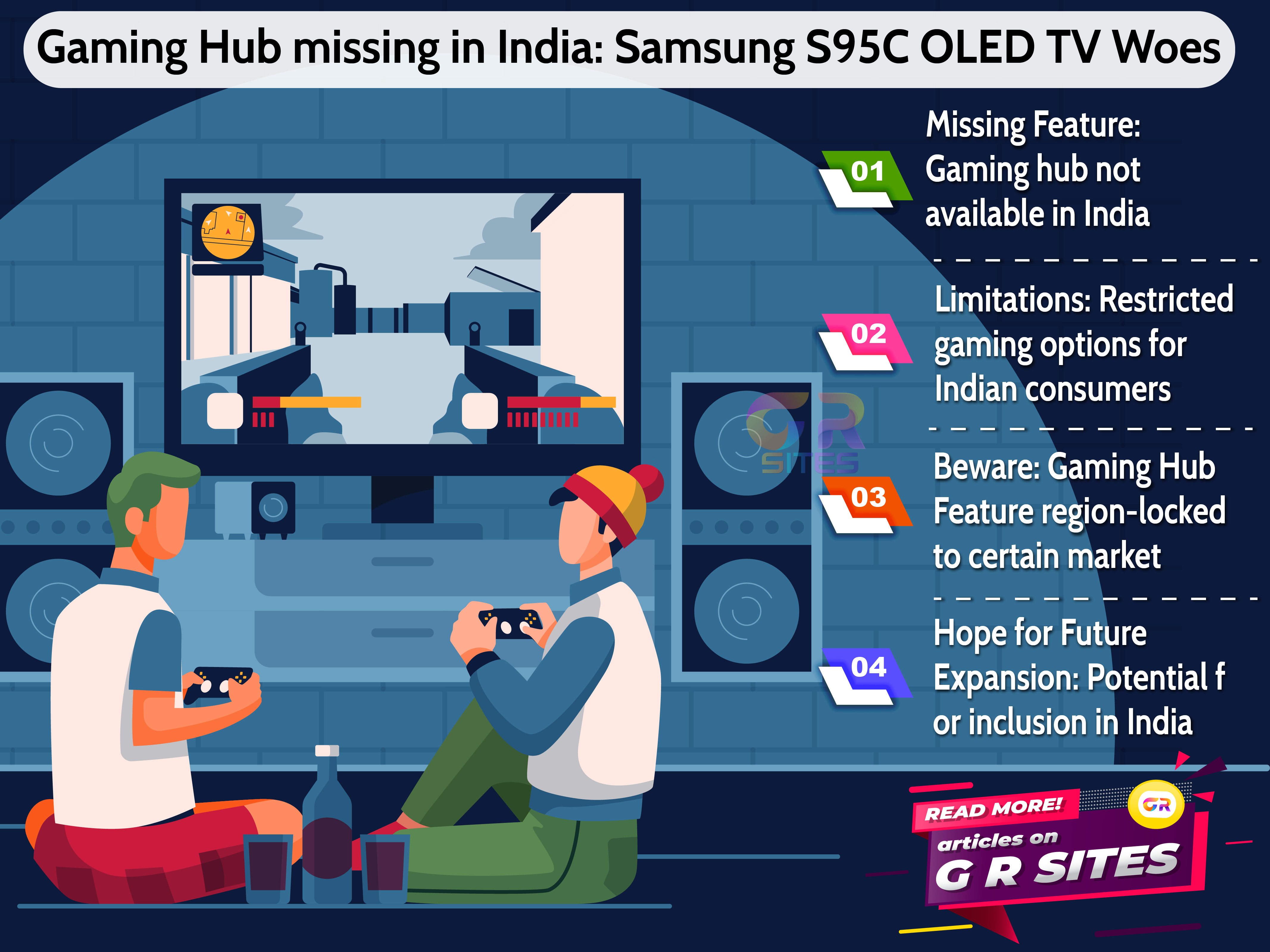The Indian market is currently buzzing with an influx of affordable 4K Ultra High Definition (UHD) TVs, attracting consumers with flashy advertisements, steep discounts, and tantalizing sales. While the idea of upgrading to a 4K TV at a budget-friendly price is undoubtedly appealing, it's crucial for consumers to understand the nuances and trade-offs that come with these seemingly fantastic deals. This guide aims to shed light on the realities of affordable 4K TVs and help you make an informed decision when you're ready to invest in a new television.
The Reality Behind Affordable 4K TVs - Video Quality Limitations
While affordable 4K TVs boast the coveted 3840 x 2160 resolution, there's more to picture quality than just pixel count. Here’s what you need to know:
- Resolution vs. Overall Quality: Many budget 4K TVs advertise their resolution prominently, but the actual viewing experience can fall short. Factors like color accuracy, contrast ratio, and brightness significantly impact the picture quality.
- Side-by-Side Comparisons: The differences between an affordable 4K TV and a premium model become apparent when viewed side by side. Premium brands often use better panels and advanced processing technology to deliver richer colors and deeper blacks.
- Processor Limitations: The video processors in budget 4K TVs are often less capable, leading to poorer upscaling of non-4K content. This can result in a less sharp and more pixelated picture.
- HDR Performance: Many affordable 4K TVs claim to support HDR (High Dynamic Range), but the quality can be subpar. True HDR requires high peak brightness and a wide color gamut, which cheaper models often lack.
Refresh Rate Issues
The refresh rate is another critical aspect that affects the viewing experience. Here's why it matters:
- Impact of 50Hz Refresh Rate: Most budget 4K TVs come with a standard 50Hz refresh rate, which can struggle to keep up with fast-moving content like sports or action movies. This can lead to motion blur and a less immersive viewing experience.
- Motion Clarity and Smoothness: Higher refresh rates (like 100Hz or 120Hz) provide smoother motion, essential for a lifelike viewing experience. Premium TVs usually offer these higher rates, ensuring fluid and clear motion.
- Judder and Stutter Issues: Low refresh rates can cause judder and stutter, particularly noticeable in scenes with slow panning or fast action sequences.
Choosing the Right 4K TV - Evaluating Key Features
When selecting a 4K TV, it's essential to look beyond the price tag and consider the following features:
- Processor Quality: A good processor can make a significant difference in overall performance. Look for TVs with advanced video processing chips that enhance picture quality, reduce noise, and improve motion handling.
- Upscaling Capabilities: Most content available today is not in 4K. A TV with strong upscaling capabilities can convert lower resolution content to near-4K quality, providing a better viewing experience.
- Panel Quality: The type of panel used (LED, QLED, OLED) affects color reproduction, contrast, and viewing angles. OLED panels, for instance, offer superior black levels and contrast but come at a higher price.
- Smart Features and Connectivity: Consider the smart TV features and the number of HDMI ports. Future-proofing your purchase with the latest connectivity options can save you headaches down the line.
Premium Brands vs. Budget Models
It's tempting to go for a budget model, but investing in a premium brand can offer several advantages:
- Long-Term Value: Premium brands often provide better build quality and longevity. While they might cost more upfront, they can be more cost-effective over time due to fewer issues and longer lifespans.
- Reliability and Support: Premium brands typically offer better customer support and more extended warranties. They also tend to provide regular firmware updates, improving performance and adding new features.
- Picture Quality: There's a noticeable difference in picture quality between premium and budget models. Premium TVs use higher-grade components, resulting in better color accuracy, contrast, and HDR performance.
- Additional Features: Features like local dimming, superior sound systems, and advanced motion processing are more commonly found in premium models, enhancing the overall viewing experience.
Tips for Making an Informed Purchase - Research and Reviews
Before making a purchase, thorough research is essential. Here’s how to go about it:
- User Reviews: Real user reviews can provide insight into the actual performance and reliability of a TV. Look for reviews that mention long-term use and specific issues.
- Expert Opinions: Websites like RTINGS, TechRadar, and CNET offer detailed reviews and comparisons. They test TVs rigorously and provide in-depth analyses that can guide your decision.
- Online Forums: Communities like Reddit’s r/4kTV and AVS Forum are excellent resources for getting unbiased opinions and advice from fellow consumers.
- Comparison Websites: Use sites that allow you to compare different models side by side, considering specs, prices, and user ratings.
In-store Testing
If possible, visit a store to see the TVs in action. Here’s what to do during your visit:
- Check Picture Quality: Pay attention to color accuracy, contrast, and brightness. Observe how the TV handles different types of content.
- Test Motion Handling: Watch some fast-paced scenes to see how well the TV manages motion. Look out for any blur or judder.
- View from Different Angles: Check the picture quality from various viewing angles to ensure it remains consistent.
- Assess Build Quality: Examine the physical build of the TV. Look for sturdiness and the quality of materials used.
Navigating the world of affordable 4K TVs can be tricky, but understanding the trade-offs and knowing what to look for can make your decision easier. While budget models offer an entry point into 4K viewing, they often come with compromises in video quality and performance. Investing in a premium brand can provide better long-term value, superior picture quality, and a more immersive viewing experience. Remember to do thorough research, read reviews, and if possible, test the TVs in-store before making a purchase. Happy shopping!



